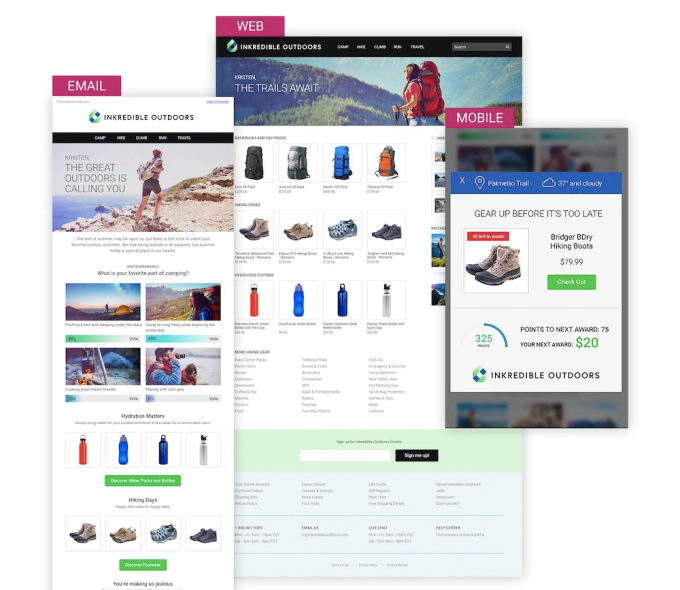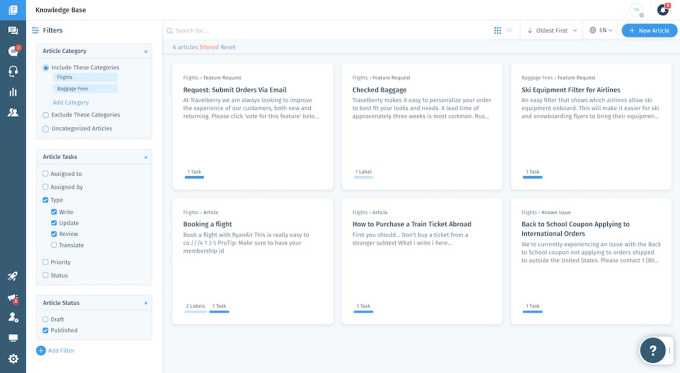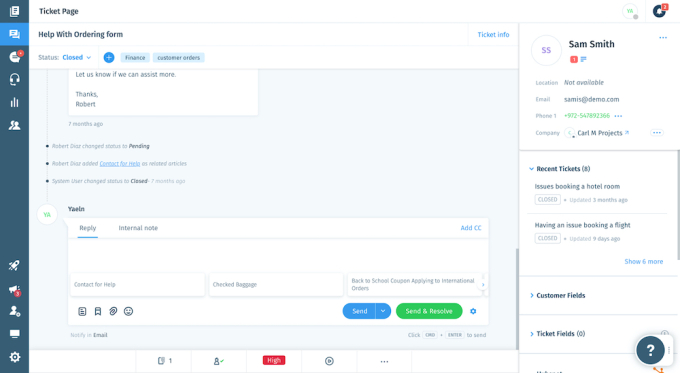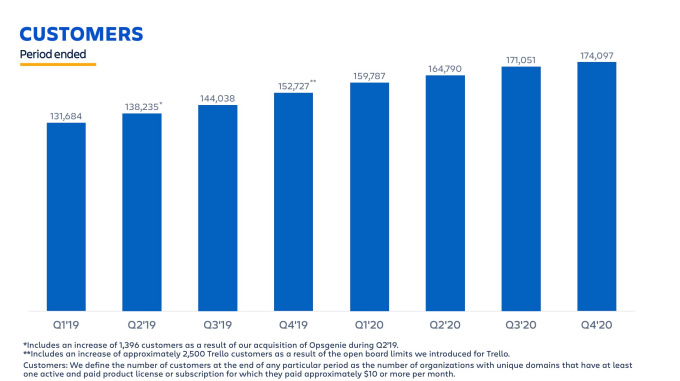By now you’ve probably heard that under pressure from the current administration, TikTok owner ByteDance is putting the viral video service up for sale, and surprisingly a couple of big name enterprise companies are interested. These organizations are better known for the kind of tech that would bore the average TikTok user to tears. Yet, stories have persisted that Microsoft and even Oracle are sniffing around the video social network.
As TechCrunch’s Danny Crichton pointed out last week, bankers involved in the sale have a lot of motivation to leak rumors to the press to drive up the price of TikTok. That means none of this might be true, yet the rumors aren’t going away. It begs the question: Why would a company like Oracle or Microsoft be interested in a property like TikTok?
For starters, Oracle is a lot more than the database company it was known for in the past. These days, it has its fingers in many, many pies, including marketing automation and cloud infrastructure services. In April, as the pandemic was just beginning to heat up, Zoom surprised just about everyone when it announced a partnership with Oracle’s cloud arm.
Oracle isn’t really even on the board when it comes to cloud infrastructure market share, where it is well behind rivals AWS, Microsoft, Google, Alibaba and IBM, wallowing somewhere in single-digit market share. Oracle wants to be a bigger player.
Meanwhile, Microsoft has successfully transitioned to the cloud as well as any company, but still remains far behind AWS in the cloud infrastructure market. It wants to close the gap with AWS, and owning TikTok could get it closer to that goal faster.
Simply put, says Holger Mueller, an analyst at Constellation Research, if Oracle combined Zoom and TikTok, it could have itself a couple of nice anchor clients. Yes, like the proverbial mall trying to attract Target and Nordstrom, apparently Oracle wants to do the same with its cloud service, and if it has to buy the tenant, so be it.
“TikTok will add plenty of load to their infrastructure service. That’s what matters to them with viral loads preferred. If Microsoft gets TikTok it could boost their usage by between 2% and 5%, while for Oracle it could be as much 10%,” he said. He says the difference is that Oracle has a much smaller user base now, so it would relatively boost its usage all the more.
As Mueller points out, with the government helping push TikTok’s owner to make the sale, it’s a huge opportunity for a company like Oracle or Microsoft, and why the rumors have weight. “It’s very plausible from a cloud business perspective, and plausible from a business opportunity perspective created by the U.S. government,” he said.
While it could make sense to attract a large user base to your systems to drive up usage and market share in that way, Brent Leary, founder and principal analyst at CRM Essentials, says that just by having a large U.S. tech company buy the video app could make it less attractive to the very users Microsoft or Oracle is hoping to capture.
“An old-guard enterprise tech company buying Tiktok would likely lessen the appeal of current users. Younger people are already leaving Facebook because the old folks have taken it over,” Leary said. And that could mean young users, who are boosting the platform’s stats today, could jump ship to whatever is the next big social phenomenon.
It’s worth pointing out that just today, the president indicated support for Oracle, according to a Wall Street Journal report. The publication also reported that Oracle’s billionaire owner Larry Ellison is a big supporter of the president, having thrown him a fundraiser for his reelection bid at his house earlier this year. Oracle CEO Safra Catz also has ties to the administration, having served on the transition team in 2016.
It’s unclear whether these companies have a genuine interest, but the general feeling is someone is going to buy the service, and whoever does could get a big boost in users simply by using some percentage of their cash hordes to get there. By the way, another company with reported interest is Twitter. Certainly putting the two social platforms together could create a mega platform to compete more directly with Facebook.
You might see other big names trying to boost cloud infrastructure usage, like IBM or Google, enter the fray. Perhaps even Amazon could make an offer to cement its lead, although if the deal has to go through the federal government, that makes it less likely, given the tense relationship between Amazon CEO Jeff Bezos and the president that surfaced during the Pentagon JEDI cloud contract drama.
Apple has already indicated that in spite of having the largest cash on hand of any company, with over $193 billion, give or take, it apparently isn’t interested. Apple may not be, but somebody surely is, even some companies you couldn’t imagine owning a property like this.

![]()







